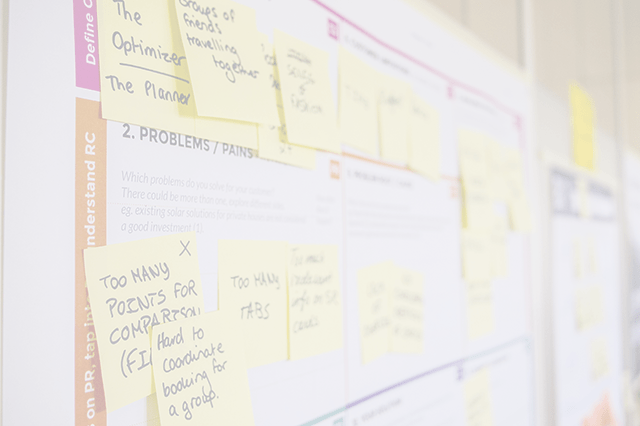ARC Motivational Model
ARC motivation model is part of Self Determination Theory, which shows there are two kinds of motivation: Intrinsic and Extrinsic.
Intrinsic motivations are ones that come from the person themselves — they enjoy completing the task. For example, in my own case, I enjoy writing glossary entries.
Extrinsic motivation comes from outside the person — perhaps someone else imposes a deadline on you for a task.
If we’re already intrinsically motivated for a task and then extrinsic motivation is applied, it may diminish the individual’s intrinsic motivation over time. This is a word of caution, but not all extrinsic motivation is bad. We simply need to be aware of what is affecting people and why.
ARC Motivation Model:
- Autonomy - is the ability to act on our own values and interests. We need to feel that we have choices. This explains why being a bus driver is one of the more stressful jobs people have. A bus driver has their autonomy taken away by the limited ability to make their own decisions.
- Relatedness - is our need to care about and be cared about by others. A connection without concern for the other person’s ulterior motive.
- Competence - is our need to feel effective at meeting everyday challenges and opportunities. It also comes from a sense of growth.
When we lose one ARC element, the others diminish as well. Examples:
- If someone is micromanaged at work, they might suffer a domino effect. Their autonomy is limited which might prompt then to think, “Am I being micromanaged because I lack competence?”
- When another team member makes a snide remark on the quality of your work (competence), it will affect your sense of connection (relatedness) with the team.
How can we support ARC?
- Autonomy - Provide meaningful goals that don’t conflict with their intrinsic motivations. Don’t gamify or provide bonuses. As soon as an incentive appears, the motivation becomes externally imposed (extrinsic). The work may get done but the individual will have reduced satisfaction with the work itself. Pressure to perform is, of course, even worse.
- Relatedness - Give people the opportunity to connect; allow people to explore feelings in the context of work. Relatedness comes when you see the people around you as more than just doers.
- Competence - Give your team members opportunities to learn. Allow room for experimentation. Don’t penalize people for reporting failures or challenges — instead, when they’re shared, give people the room and support to learn. Consider adding a question to Daily Scrum: What did you learn yesterday?
IMPORTANT NOTE: this is NOT the same as the ARCS model on students’ motivation and learning outcomes (Attention, Relevance, Confidence, Satisfaction). That is an excellent model to help school and university teachers make learning more effective, but it isn’t relevant to helping with understanding motivational needs at work.
Resource Links
- Autonomy, competence, & relatedness: the secret to work engagement Zen
- Competence, autonomy, and relatedness in the classroom: understanding students’ motivational processes using the self-determination theory - Research Paper that shows the underestimated importance of Relatedness
- Relatedness, competence, and autonomy
- Self-Determination Theory, Motivation, and Your Classroom
- Why the basic psychological needs autonomy, competence and relatedness matter in management and beyond
